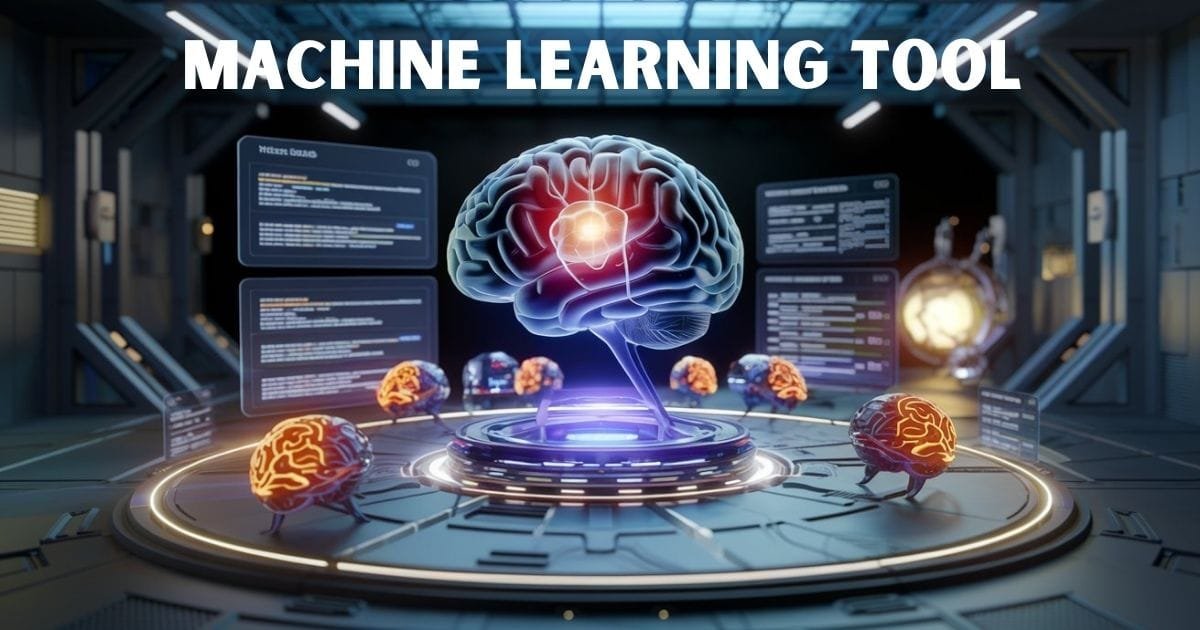

Machine learning is revolutionizing healthcare by providing powerful tools to analyze complex data and make predictions that can improve patient outcomes. Machine learning is significantly impacting diagnosing and managing osteoarthritis (OA), particularly among younger patients. Recent research published in the Annals of Rheumatic Diseases demonstrates how a novel automated machine learning software can reliably diagnose rapidly progressing knee OA, highlighting its potential applications in other degenerative conditions, such as Parkinson’s.
Osteoarthritis is a common degenerative joint disease characterized by cartilage and underlying bone breakdown. It can cause significant pain and disability, and its prevalence is increasing, especially among younger individuals. Traditionally, the diagnosis of OA relies on clinical evaluation and imaging techniques, which may only sometimes capture the disease’s progression accurately. Younger patients often experience a “treatment gap,” where standard management strategies do not effectively alleviate symptoms or meet their active lifestyle needs. This gap underscores the need for more advanced diagnostic tools to identify patients at risk of rapid disease progression early on.
The recent study by Simone Castagno and colleagues from the University of Cambridge aims to address this challenge by leveraging machine learning tools. Machine learning is a subset of artificial intelligence (AI) that uses algorithms to learn from data and make predictions without explicit programming. The researchers hypothesize that machine learning can identify individuals with OA at risk of rapid progression, particularly in the early stages of the disease.
Castagno and the research team developed machine-learning models using AutoPrognosis 2.0 to test their hypothesis. This platform is designed for building predictive models using clinical data, and the researchers trained their models on data from a nested case-controlled study within the Osteoarthritis Initiative. They also validated their models with external data to ensure reliability. A key feature of their approach was using post-hoc interpretability tools in AutoPrognosis, which allowed them to identify the critical factors predicting rapid OA progression.
The researchers created two main types of models. The first was a multiclass model that predicted whether the progression of OA was pain-only, radiographic-only, or both. The second model was binary, classifying patients as “non-progressors” or “progressors.” The performance of these models was evaluated using the area under the precision-recall curve (AUC-PRC), a measure of a model’s accuracy.
The results were promising, showing robust external validation for relatively simple models that utilized only clinical variables. The multiclass model achieved an AUC-PRC of 0.727, while the binary model performed even better, with an AUC-PRC of 0.764. Notably, the multiclass models showed the best performance for early-stage OA, with AUC-PRC scores ranging from 0.724 to 0.806. In contrast, the binary models demonstrated excellent reliability among patients younger than 60, with AUC-PRC scores between 0.617 and 0.693.
These findings suggest that machine learning tools can effectively stratify patients based on their risk of OA progression, allowing for more tailored management strategies. By identifying those at higher risk, healthcare providers can initiate earlier interventions, potentially delaying or preventing more severe disease outcomes. This approach is essential for younger patients, who may face unique challenges in managing OA due to their lifestyle and long-term health considerations.
Moreover, the researchers believe their machine-learning approach is more comprehensive than OA. They suggest that it could serve as a model for other complex degenerative conditions, such as multiple sclerosis and Parkinson’s disease, which share similar challenges regarding chronicity and early diagnosis. By adjusting the data inputs and fine-tuning the models to address these diseases, their method could significantly enhance the prediction and monitoring of various conditions.
The application of machine learning in healthcare represents a shift toward more personalized and precise medical care. Traditional methods often involve a one-size-fits-all approach, which may not adequately address the unique needs of individual patients. In contrast, machine learning tools can analyze vast amounts of data to identify patterns and make predictions tailored to specific patient characteristics.
In addition to improving diagnosis and treatment strategies, machine learning can transform clinical workflows. By automating certain aspects of data analysis, healthcare providers can free up valuable time to focus on patient care. This efficiency can lead to better resource allocation and improved patient experiences.
Integrating machine learning tools into clinical practice also raises essential considerations regarding transparency and interpretability. As the researchers pointed out, their tool was designed with openness, making it more likely to be accepted by clinicians and patients. Many traditional machine learning methods are called “black boxes,” where the decision-making process is opaque. By ensuring clinicians can understand how predictions are made, acceptance of these tools in clinical settings can be enhanced, ultimately benefiting patient care.
While the promise of machine learning in healthcare is exciting, it is essential to recognize that these tools should complement, not replace, clinical expertise. The human touch in medicine remains irreplaceable, as clinicians can interpret results within the broader context of a patient’s history and circumstances. Integrating machine learning tools should aim to empower healthcare providers, giving them additional insights that can inform their clinical judgment.
In conclusion, the study by Castagno and colleagues showcases the potential of machine learning tools to improve the early diagnosis of rapidly progressing knee osteoarthritis among younger patients. By leveraging advanced algorithms and data analysis techniques, healthcare providers can identify at-risk individuals and tailor management strategies to meet their unique needs. Furthermore, the implications of this research extend beyond OA, with potential applications in other degenerative conditions. As machine learning continues to evolve and integrate into clinical practice, it paves the way for a more personalized and practical approach to healthcare, benefiting patients and providers alike.
👁 Post Views = 1k






Welcome to IT Business Digest, your ultimate source for the latest information technology news and updates. Stay ahead with our in-depth coverage of emerging technologies, industry trends, and expert insights.